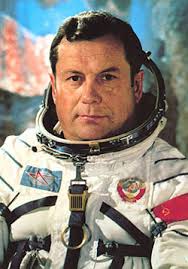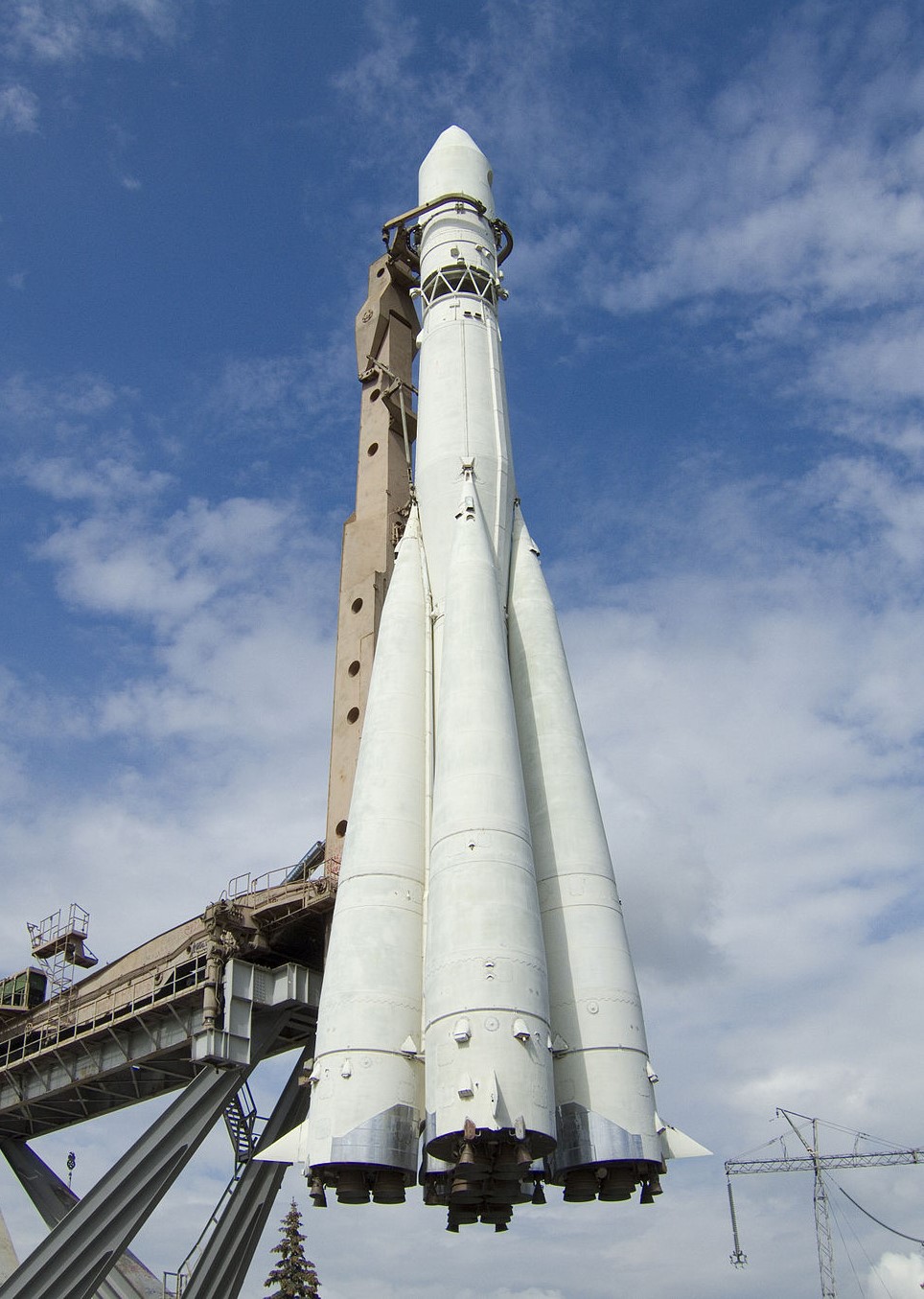Pavel Popovich
Ukrainian - (RFSA)
Deceased
Date of Birth: Oct. 5, 1930
Date of Death: Sept. 29, 2009
Pavel Romanovich Popovich (October 5, 1930 – September 29, 2009) was a Soviet cosmonaut. He was the fourth cosmonaut in space, the sixth person in orbit, and the eighth person in space.
Vostok-K | Vostok 4
Soviet Space Program | RussiaBaikonur Cosmodrome, Republic of Kazakhstan
Aug. 12, 1962, 8:02 a.m.
Status: Success
Mission:
Vostok 4 was launched a day after Vostok 3 and it carried cosmonaut Pavel Popovich to orbit. While the mission is considered a success it had several issues, a malfunction in the life-support systems caused the cabin temp drop to 10C but Popovich continued the mission, the big issue came when he mentioned seeing thunderstorms. He saw actual thunderstorms in the Gulf of Mexico but mission control thought Popovich had said a codeword for early mission ending and the mission was cut a day short. He completed 48 orbits and the mission lasted 2 days, 22 hours & 56 minutes.
Low Earth OrbitSoyuz | Soyuz 14
Russian Federal Space Agency (ROSCOSMOS) | RussiaBaikonur Cosmodrome, Republic of Kazakhstan
July 3, 1974, 6:51 p.m.
Status: Success
Mission:
Soyuz 14 was the first crewed mission to the Salyut 3 space station. The mission launched on July 3, 1974, 18:51:08 UTC, carrying commander Pavel Popovich and flight engineer Yuri Artykhin to orbit. During their 15-day stay on the station, crew performed experiments involving medical studies and military reconnaissance activities. Soyuz 14 returned to Earth, landing on July 19, 1974, 12:21:36 UTC.
Low Earth OrbitThe Roscosmos State Corporation for Space Activities, commonly known as Roscosmos, is the governmental body responsible for the space science program of the Russian Federation and general aerospace research. Soyuz has many launch locations the Russian sites are Baikonur, Plesetsk and Vostochny however Ariane also purchases the vehicle and launches it from French Guiana.
Electron
Don't Be Such A Square (STP-S30)
Rocket Lab Launch Complex 2 (Launch Area 0 C) - Wallops Flight Facility, Virginia, USASTP-S30 is a complex mission that will deliver research experiments and technology demonstrations to orbit for the DoD and contribute to future space…
Falcon 9
Starlink Group 15-13
Space Launch Complex 4E - Vandenberg SFB, CA, USAA batch of 27 satellites for the Starlink mega-constellation - SpaceX's project for space-based Internet communication system.
Falcon 9
Starlink Group 6-99
Launch Complex 39A - Kennedy Space Center, FL, USAA batch of 29 satellites for the Starlink mega-constellation - SpaceX's project for space-based Internet communication system.
Ariane 62
Galileo L14 (FOC FM33 & FM34)
Ariane Launch Area 4 - Guiana Space Centre, French GuianaPayload consists of two satellites for Europe's Galileo navigation system.
Atlas V 551
Amazon Leo (LA-04)
Space Launch Complex 41 - Cape Canaveral SFS, FL, USAAmazon Leo, formerly known as Project Kuiper, is a mega constellation of satellites in Low Earth Orbit that will offer broadband internet access, thi…



